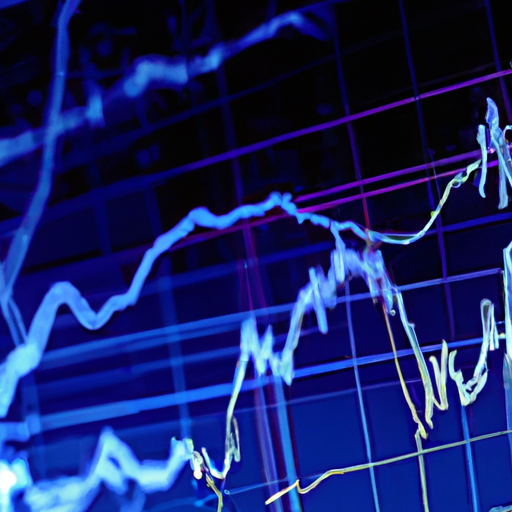Automated Trading For Beginners: A Comprehensive Guide
Automated trading for beginners can seem like a daunting concept. However, with the right guidance, you can navigate this exciting world with confidence.
In this article, we’ll delve into the basics of automated trading, explore popular trading systems and strategies for beginners, and highlight essential tools like trading apps.
What Is Automated Trading?
Automated trading involves using computer algorithms to execute trades automatically. These algorithms are designed based on predefined criteria such as timing, price, and volume.
Algorithmic trading allows traders to take advantage of market opportunities without constant monitoring. This system reduces human emotions that often lead to mistakes in manual trading.
However, it’s crucial for beginners to understand that while automated trading can enhance efficiency and accuracy, it also comes with risks that require careful management.
The Benefits Of Automated Trading
One of the biggest advantages of automated trading is its ability to execute trades quickly. Speed is paramount in markets where prices can change in milliseconds.
Moreover, algorithms can handle complex calculations instantly, providing opportunities for more sophisticated strategies than a human could perform manually.
Another benefit is the elimination of emotional bias. Fear and greed often cloud judgment in manual trading. Algorithms follow strict rules without deviation, ensuring consistent application of your strategy.
Understanding Different Types Of Automated Trading Systems
When starting with automated trading for beginners, it’s essential to understand different systems available:
1. Rule-Based Systems: These systems follow specific rules defined by the trader.
2. Machine Learning Systems: These use AI to improve their performance over time by learning from past data.
3. High-Frequency Trading (HFT): This involves executing a large number of orders at extremely high speeds.
Each system has its pros and cons depending on your goals and resources. Beginners typically start with rule-based systems due to their simplicity and control.
The Role Of Trading Apps In Automated Trading
Trading apps have revolutionized how we trade today. They offer convenient access to markets from anywhere at any time.
Many trading apps come equipped with features that support automated trading such as integration with algo trading software, real-time data analysis tools, and customizable alerts.
For instance, platforms like MetaTrader 4 (MT4) offer sophisticated algorithmic capabilities through Expert Advisors (EAs). These EAs allow traders to automate various aspects of their strategies directly within MT4’s environment.
Choosing The Right Algo Trading Software
Selecting suitable algo trading software is critical when starting out:
1. User-Friendly Interface: Ensure it has an easy-to-navigate interface that doesn’t overwhelm you.
2. Customization Options: Look for software that allows customization according to your unique needs.
3. Backtesting Capabilities: This feature lets you test your algorithm against historical data before deploying it live.
4. Support And Resources: Opt for platforms offering robust customer support along with educational resources tailored towards beginners.
Popular options include MetaTrader 4 alongside other specialized programs designed specifically for algorithmic traders’ needs—all ensuring seamless integration between strategy development/testing phases right through execution stages!
Developing Your First Automated Trading Strategy
Creating an effective strategy requires careful planning:
1) Define clear objectives – What do you hope achieve? Higher returns? Lower risk?
2) Research potential assets – Which ones align best objectives?
3) Develop specific criteria – Entry/exit points? Risk management measures?
4) Test thoroughly – Use backtesting tools optimize effectiveness minimize flaws/errors discovered during process
By following these steps systematically you’ll build solid foundation upon which further refine enhance initial efforts overtime!
Risk Management In Automated Trading
Risk management remains pivotal even within realm automation; no system infallible! Key practices ensure sustained success include:
– Diversification across multiple assets/classes prevent overexposure single entity
– Setting stop-loss limits protect significant losses unexpected shifts market conditions
– Regularly reviewing adjusting parameters stay aligned evolving trends/goals
Remember though automation streamlines processes ultimately responsibility oversight lies hands trader themselves!
Final Thoughts On Getting Started With Automated Trading For Beginners
Embarking journey into world automated may appear challenging first glance but armed proper knowledge/tools anyone capable achieving remarkable feats!
Begin small scale gradually expand comfort level increases experience grows don’t hesitate seek guidance fellow enthusiasts forums online communities dedicated sharing insights/tips/tricks newcomers alike!!
Ultimately remember patience perseverance key virtues cultivating mastery over time so keep learning experimenting adapting ever-changing landscape financial markets today tomorrow beyond!!!

